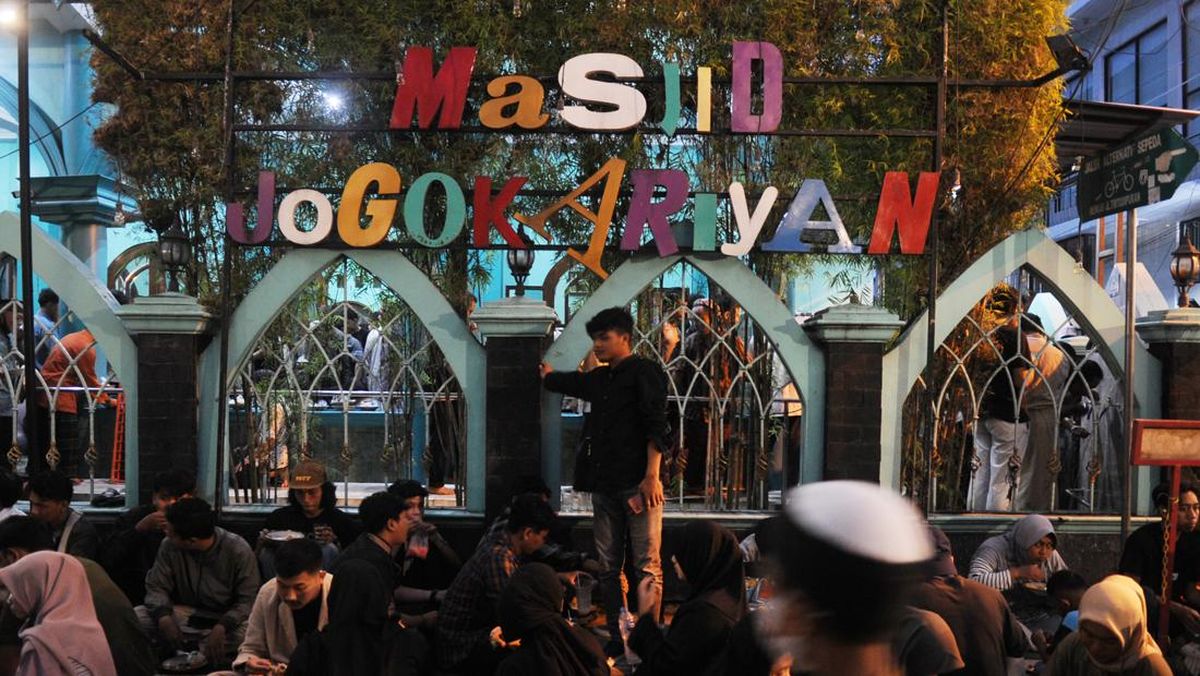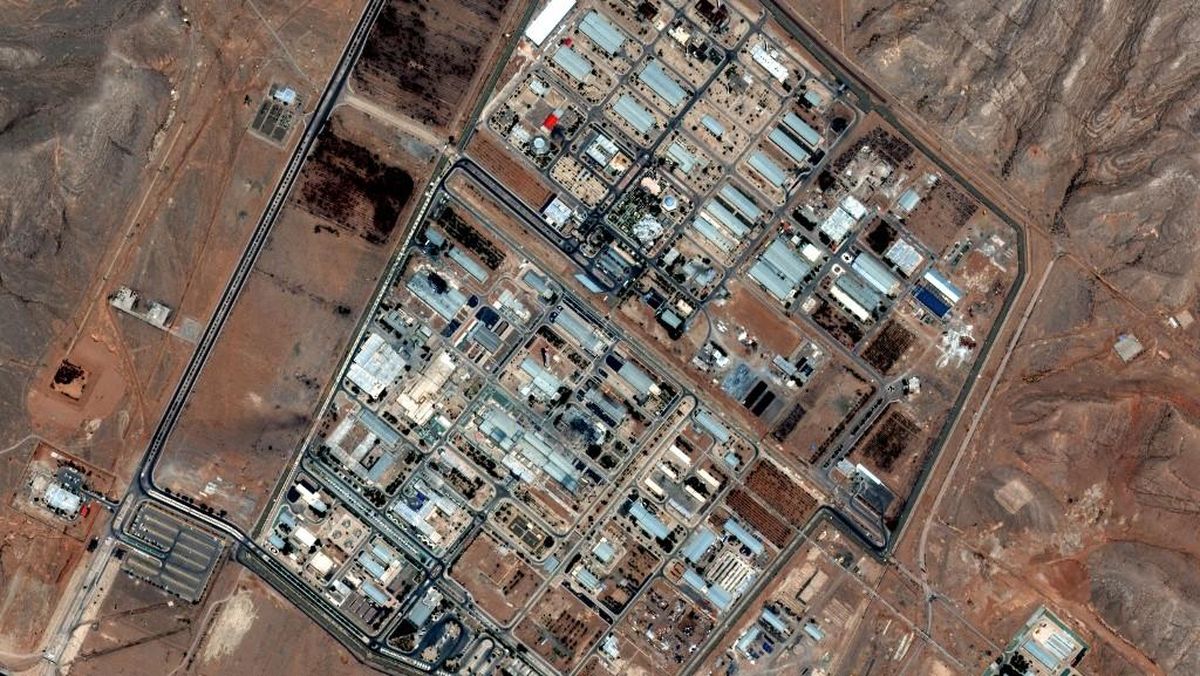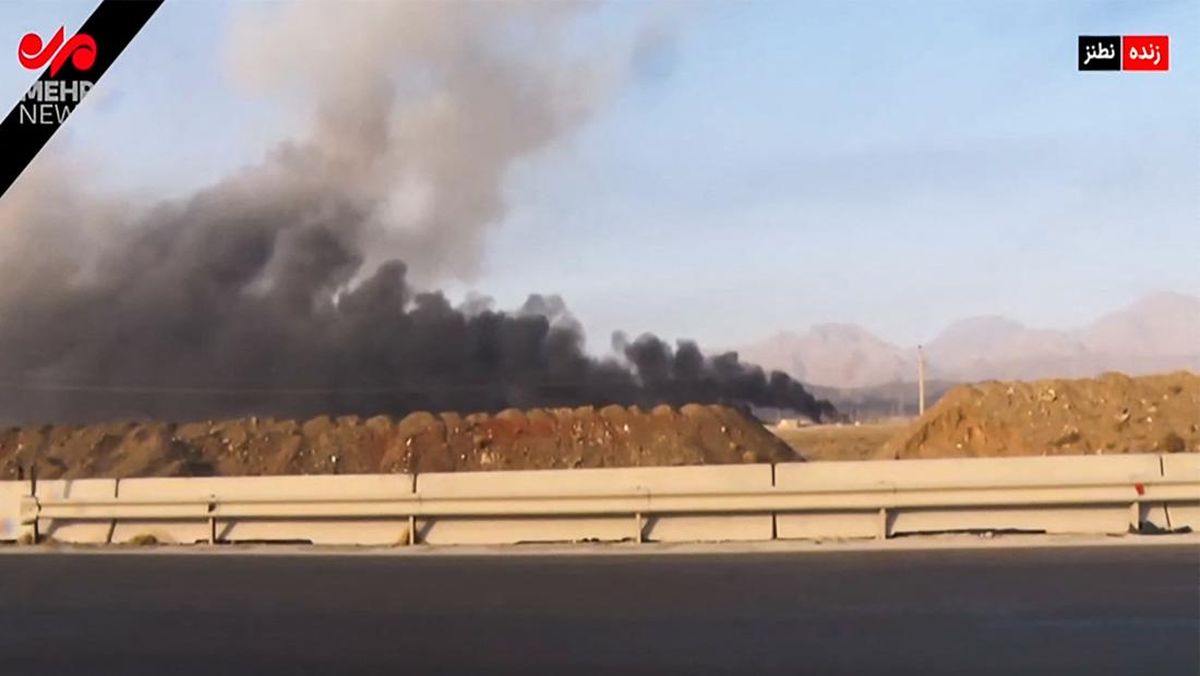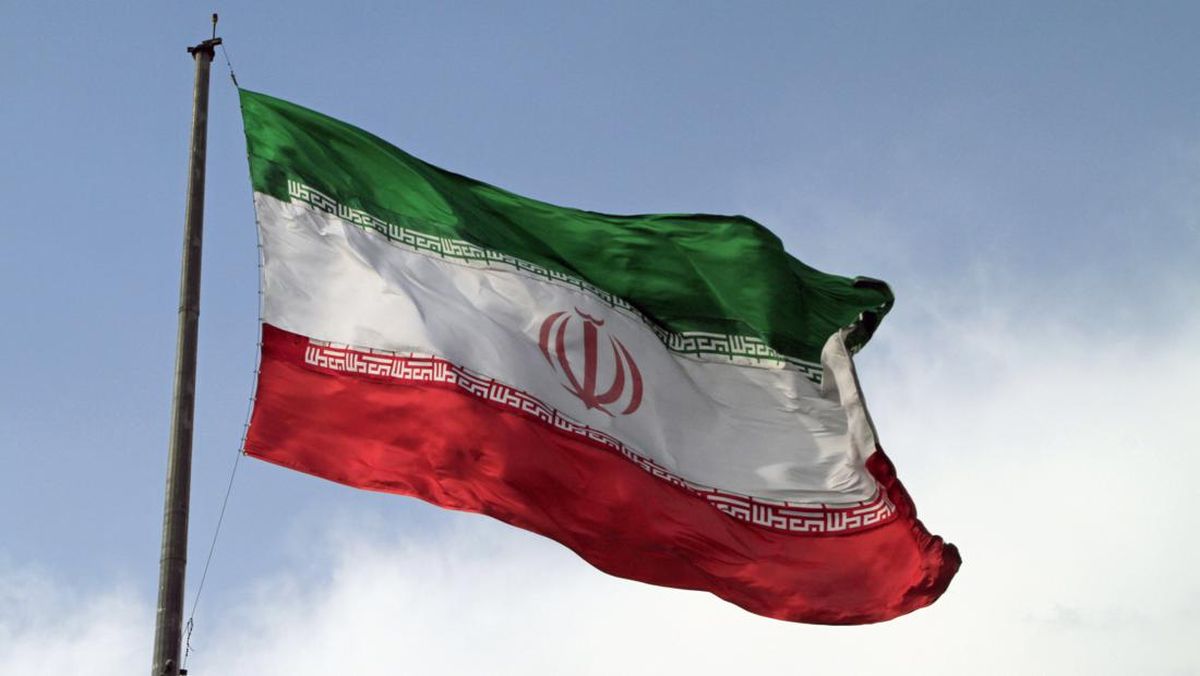On Monday, Israel ordered Iranians to evacuate from the northern part of the capital, Tehran, days after launching its deadly strikes across Iran. The same day, it bombed the headquarters of the state TV channel IRIB during a live broadcast.
Experts say these moves form part of Israel’s “psychological warfare” against Iranians, many of whom have already left the capital amid a continuing barrage of Israeli attacks, which have killed more than 220 people in five days.
Israeli spokesperson Avichay Adraee issued an “urgent warning” on X on Monday, calling for an evacuation order for District 3, a leafy, affluent area in northern Tehran where many foreign embassies are located.
It came attached with a 3D map and a warning to residents that their presence there “endangers” their lives; a format strikingly similar to his warnings issued throughout Israel’s war on Gaza and its bombardment of Lebanon.
Later, another evacuation order came from Israel’s closest ally, the United States. “Everyone should immediately evacuate Tehran!” US President Donald Trump wrote on his Truth Social platform on Monday.
But can a whole city – home to nearly 10 million people – simply pack up and leave? Let’s break it down for you:
How possible is it for all of Tehran’s residents to evacuate?
It would be difficult for all its residents to leave in a timeframe that would ensure their safety, according to Al Jazeera’s correspondent in Tehran, Maziar Motamedi.
One reason is that Iran’s capital has a large population of roughly 10 million, which is more people than in London or New York.
If you expand that area to the metropolitan area, which includes surrounding suburbs and towns, its population stands at approximately 14-15 million.
Heavy traffic congestion is already common in Tehran, especially during rush hour or public holidays, but many of the roads on Tuesday were at a standstill with traffic jams throughout the city as residents attempted to evacuate.
The traffic jams are reportedly worsening as the day progresses.
Tehran is also surrounded by mountainous terrain, and exit routes are limited to fewer than a dozen arteries that lead out of the city.
Al Jazeera’s Dorsa Jabbari spoke to some residents who had been attempting to leave Tehran, noting that a trip that usually takes seven to eight hours to reach an area by the Caspian Sea can now take between 18 and 24 hours to complete, due to traffic.
It takes weeks if not months to evacuate Tehran. pic.twitter.com/yiqM3ND6az
— Omid Memarian (@Omid_M) June 16, 2025
Are there any bomb shelters in Tehran?
No.
“There are no bomb shelters in Iran, there never have been, so people really don’t have anywhere to go”, Al Jazeera’s Jabbari explained.
“This was an unthinkable situation for most Iranians. They haven’t seen bombs dropping on Tehran since the Iran-Iraq War, and that ended 37 years ago,” she said.
A resident of the Zafaraniyeh neighbourhood in northern Tehran told Al Jazeera that officials had suggested that metro stations and some schools in the city could be prepared to accommodate people seeking shelter.
However, these structures were not designed to withstand the type of bombardment that Israel has been striking the capital with.
What is in District 3?
The area that the Israeli military has issued evacuation orders for is home to roughly 330,000 people and the sprawling headquarters of the Iranian state broadcaster IRIB, which Israel bombed on Monday after Israel’s Defence Minister Israel Katz said it was “on its way to disappear”.
It is also home to the busy Nelson Mandela Boulevard, which experiences regular traffic jams and is home to several foreign embassies.
The lush expanse of Mellat Park, the Enghelab Sports Complex with its popular outdoor swimming facilities, several hospitals and the sprawling Tehran International Exhibition Centre are also situated in the area.
The Islamic Revolutionary Guard Corps has its Sarallah headquarters in the area, as do the police.
Al Jazeera’s Motamedi said several highways run through or along the periphery of the area marked in Israel’s evacuation orders, putting civilians using those roads at risk.
However, he said, wherever residents go, they have been at risk from the start with Israel’s bombs striking whenever and wherever they want.
 A traffic jam forms as people in Tehran attempt to flee via an artery in the city’s west [Atta Kenare/AFP]
A traffic jam forms as people in Tehran attempt to flee via an artery in the city’s west [Atta Kenare/AFP]Have many Tehran residents have already left?
Yes.
Al Jazeera’s Tohid Asadi, reporting from Tehran, said a significant portion of the population has chosen to leave the city in response to the explosions and repeated warning messages by Israel.
He said there is a strong sense of anxiety and fear among residents, but there is also a distinct feeling of solidarity among those who remain in the capital.
He said when he spoke to people, particularly those living in the neighbourhoods that were targeted, there was a deep sense of anger.
Residents say they have no connection to the nuclear programme or military facilities, and that they are just citizens whose lives are now being directly affected by these events, he reported from the capital.
Both of my parents fled Iran so this is personal. Trump's words are callous and horrifying.
Tehran is a massive city of nearly 10 million. Iranian people deserve freedom but Trump’s threat of murdering innocent civilians, a mass casualty event, or another endless war is not the… pic.twitter.com/lQLBBYNaaR
— Congresswoman Yassamin Ansari (@RepYassAnsari) June 16, 2025
Where can residents evacuate to?
Trump has made it sound simple, but relocating large numbers of people to other parts of the country is not straightforward.
Many residents have family elsewhere in the country or are opting to stay in hotels.
However, Israel has targeted locations across the country, which means there is no safe place to head to.
Motamedi said that many people may look to head north of Tehran to less-targeted areas such as Rasht, Nur, Chalus, Bandar Anzali and Mahmudabad.
These areas are popular with holidaymakers, meaning that hotels and temporary accommodation may be available.
Others say they fear that an influx of displaced people could lead to shortages in those areas, so they are uncertain of where they could evacuate to.
Have we seen these types of evacuation orders before?
Yes.
Since Israel began its war on Gaza in October 2023, it has issued numerous evacuation orders similar to the ones issued for District 3 on Monday.
It has also issued the same type of evacuation order when it strikes in locations in Lebanon.
Jabbari said that although these strategies are similar, Iran has an entirely different geography and is also a sovereign state, so it is a war “on a much larger scale”.
What Israel is using is something called the Dahiyeh Doctrine, which is a strategy developed in 2006 when it was at war with Hezbollah, she said.
This strategy is when Israel uses excessive force to destroy areas in densely populated civilian neighbourhoods, with the pretext that it is attacking military targets, Jabbari explained.
Israel’s goal, she said, was to instil fear and panic, and force people to abandon their support for their political leadership.
Palestinians in Gaza cannot leave the besieged enclave, as all borders and boundaries are closed, but Trump has still suggested relocating its entire population and to “clean out that whole thing”.

 3 months ago
33
3 months ago
33
















































